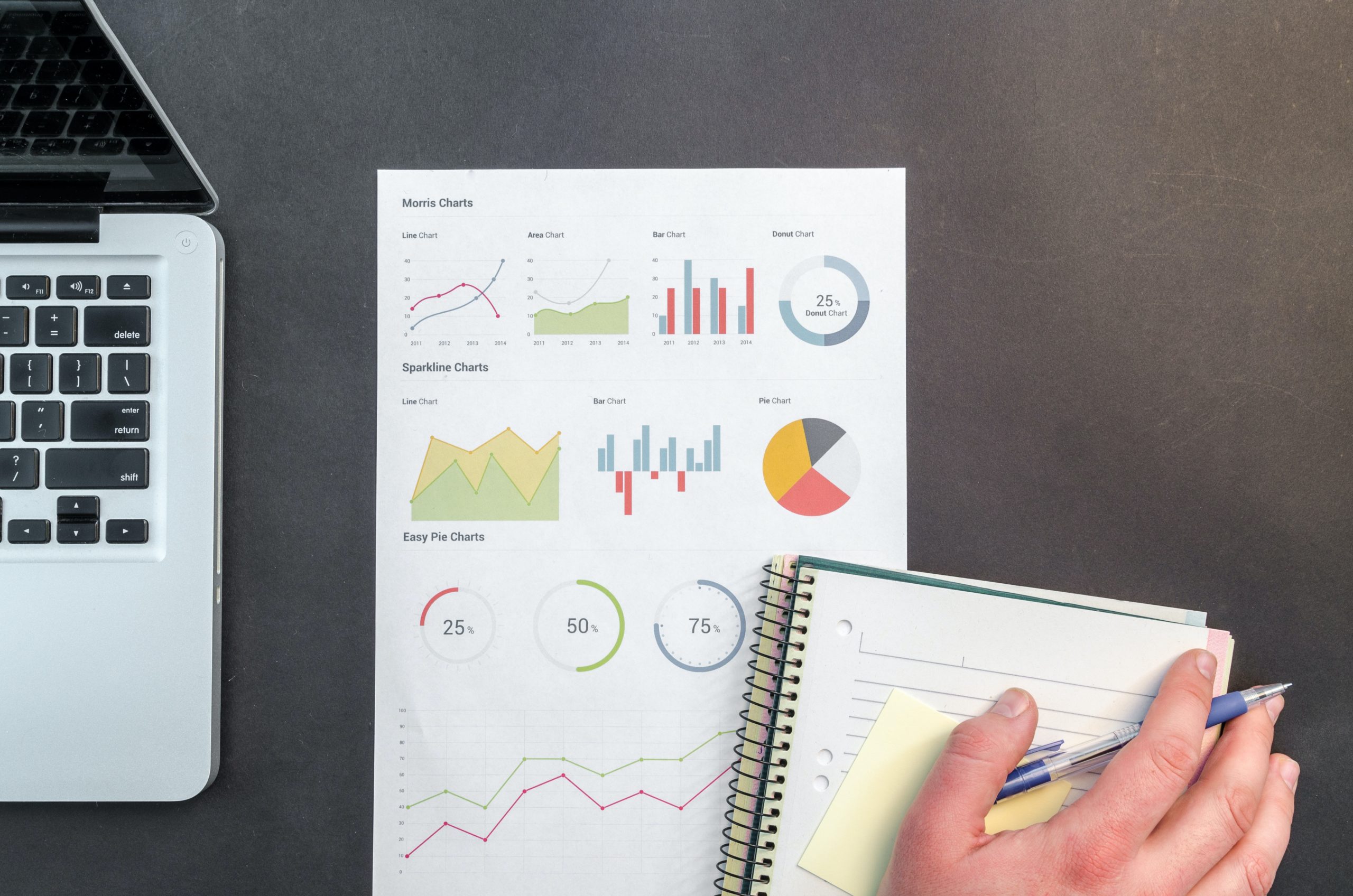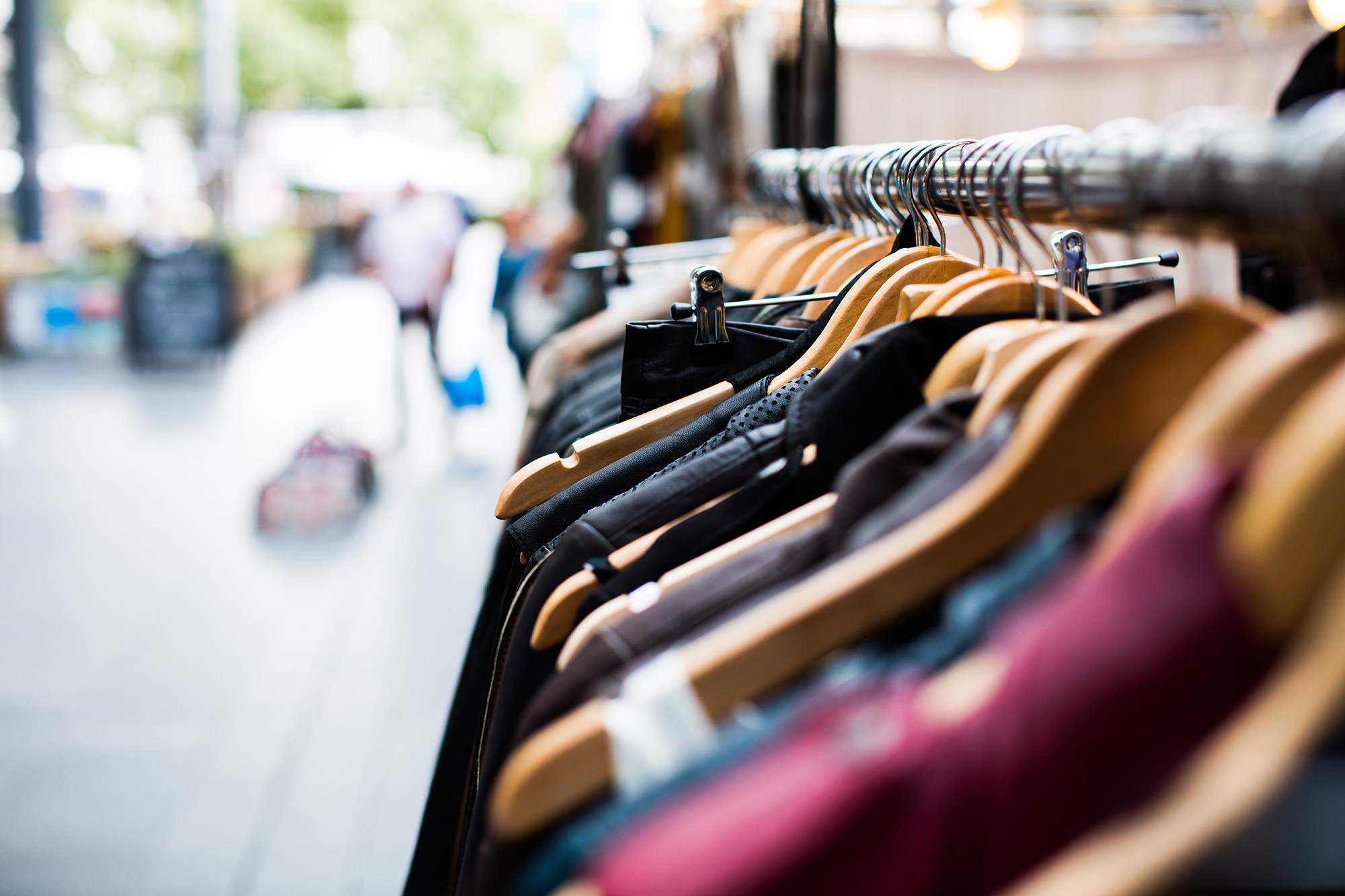Choosing a Retail Distribution Strategy
Distribution Strategy: Which One Works Best For Your Product Distribution Needs.

Whether launching a new product or taking your products or services into new markets, if your distribution strategy isn’t locked down, you’re in for an uphill climb.
Here’s a bit of breaking news that shouldn’t surprise you at all. There are many retail companies and brands out there with outstanding products and services to sell. That’s great because having a great product is certainly an absolute must to winning over customers, crushing those sales figures, and watching revenue grow. However, it’s by no means a guarantee you’ll be successful.
There are just too many other factors that play into brand retail success, and one of the most often overlooked or, at least, under-optimized is distribution. Having a strong distribution strategy, one that maximizes your sales channels while streamlining costs, leverages your marketing efforts, and gets your products and services in the right stores, on the right shelves, and, in front of the right consumers will make or break any product’s success.
So why is it that so many brands and retail companies fail to invest the time and money necessary to develop a proper distribution strategy? Good question. In this post, we won’t try to figure that one out. What we will do, however, is detail the various strategies you can use to build an effective distribution program, how these different distribution strategies work, and all the powers that be involved in turning each strategy into real value and ROI for brands and retailers.
What is Distribution?
In a nutshell, distribution is how a product or service is brought to market. How it gets from the manufacturing plant into the eager hands of that avid consumer who just has to have it. Sure, it sounds simple enough. However, there’s nothing easy about formulating a distribution strategy. In fact, there are usually a lot of moving parts and players involved before products get from the factory or plant to end users. Distribution encompasses the entire process of getting goods to market and this includes transportation, packaging, delivery and storage.
This is why distribution tends to be a collaborative effort between retailers, manufacturers and often third-party partners, like distributors and wholesalers.
We’ll dig deeper into their roles a little bit later as we explore the specific types of distribution strategies and various methods of supply chain management. For now, let’s get our definition down to a simple one liner.
Distribution is the entire process by which retail goods and services are taken to market and made available to end users for purchase. Okay, now that that’s settled, it’s time to look at one of the key components of any successful distribution network – the right distribution channels.
Retail Distribution Channels. Goods on the road to market.
A distribution channel represents the path or paths by which distribution takes place. More specifically, distribution channels take into account all the various partners, players and transactions that participate in getting products from the plant to the consumer. In some instances, this is relatively a simple process. However, most times it tends to be rather complex and involve at least one if not more intermediaries. Fundamentally, there are two types of distribution channels, direct and indirect.
Direct Distribution
In direct distribution, a producer or manufacturer takes its products directly to the consumer. There are no intermediaries involved. Think of retailers who sell their goods exclusively via a website. These companies are also responsible for handling shipping and delivery and very well may use a third party for these purposes, such as Federal Express or The U.S. Postal Service. However, the company itself is responsible for getting its products directly into the hands of its customers. There is a single transaction directly between the producer and the consumer.
Going direct does pose additional challenges and responsibilities for a brand or retailer. Opting for a direct channel means the manufacturer or producer assumes responsibility for additional business areas like marketing and promotions, customer service and relations, and returns or damaged goods. Direct distribution also often requires robust website development and maintenance programs, which can be costly both in terms of time and money.
Indirect Distribution
Most products and services get to market through indirect distribution. Indirect channels mean there is one or more intermediaries involved as goods move from producer to consumer. For example, a manufacturer might sell its goods to a retailer who then is responsible for selling it to customers at the end of the retail chain. Going indirect can also involve other parties, wholesalers and distributors, who buy in bulk from manufacturers, carry the products, and then resell to retailers at a mark-up to make their profit.
Now let’s dissect direct and indirect distribution channels this even further by separating them into five distinct levels.
LEVEL ZERO – Yes, it’s a bit odd to label something Level 0, however, that’s exactly what this channel describes. This is direct distribution, pure and simple. Sales go direct from product to consumer with ZERO middlemen.
LEVEL ONE – A Level One channel has a single intermediary between product and consumer. Our previous example of a manufacturer selling products to a retailer who then markets to consumers would be a Level One distribution channel.
LEVEL TWO – You don’t have to be a rocket scientist to figure out this one. A Level Two channel has two intermediaries. For example, a distributer or wholesaler will buy from the manufacturer, sell to a retailer, who then gets products in front of consumers.
LEVEL THREE – This one features a few players we haven’t talked about yet – agents and brokers. These parties work on behalf of manufacturers in order to negotiate the best deals with other parties in the distribution network, most often wholesalers, who then continue the distribution chain to retailers who, again, sell to consumers.
Okay, now that we know a little more about distribution channels, let’s get into the finer points of developing the right distribution strategy. Selecting the right distribution strategy for your retail business means considering a number of different factors, including the goods you’re selling, who’s buying them, how they’re purchasing, and the resources you own to warehouse products and handle logistics.
What kind of product or products are you selling?
Is it a lower value good? A product that people purchase everyday which doesn’t require the consumer to put much thought into the buying decision? For example, we all shop for life’s little necessities like shampoo or cleaning supplies or coffee pods or pet food. These are called routine purchases and they lend themselves to a very specific kind of distribution strategy. We’ll get into that after we’ve talked more about item types.
So routine purchase decisions are made to procure everyday wants and necessities. Next up on the purchasing totem pole are limited purchase decisions. These are not expensive or extravagant goods; however, they do usually involve a little more pondering and perhaps comparison shopping. Good examples of limited purchase decisions would be a nice winter coat or a new expresso machine or any other item that’s not a major purchase but is an important one to the consumer. If you sell these items, your distribution strategy should fit the buying pattern of your customers.
The last major category of items are those major ticket products or services. For example, purchasing a new home or the latest electric sportscar is a big deal. Finding the perfect engagement right is a major investment, as is planning the perfect Caribbean vacation or figuring out which home entertainment system to buy. These types of products fall into the extensive purchase decision category. Consumers make it a point to do their homework, figure out the finances and comparison shop. Obviously, the distribution strategy for these items is usually vastly different than it is for those routine purchases.
Getting the right people.
However efficient it may be, a distribution strategy isn’t doing its job if it’s not ultimately leading to the right customer base. The people who buy your product have a big say in how you develop a distribution network. For example, do they shop exclusively online? Is your product one that lends itself to strong internet sales? If so then, perhaps, a direct sales distribution strategy will work for you.
However, if your customers want to touch, feel or experience your goods in person, then online sales alone isn’t going to cut it and some form of indirect distribution that leads to retail store shelves is likely the answer.
Warehousing and logistics capabilities.
Another question to ask regarding your distribution strategy is how equipped are you to warehouse product and handle the logistics of distribution yourself? Logistics management is no small feat and it can be a considerable investment for you as a manufacturer or producer. Are you willing and able to warehouse inventory until it can be brought to market? Are you willing to invest in your own fleet of trucks for transporting goods to retailers? If these things were easy, wholesalers and distributors would add little value to the distribution process and they absolutely can and do add value.
It’s all a matter of analyzing your product and market situation, weighing the pros and cons of using intermediaries, and ultimately figuring out the best value and most effective process for your company.
Making a choice – the types of distribution.
So you know the difference between direct and indirect distribution. You know the factors necessary consider when determining a distribution model. Now let’s dig a little deeper into the types of distribution that pertain to indirect channels. After all, most companies rely on indirect distribution to get their products to market.
Intensive Distribution
Remember when we talked about routine purchase decisions earlier; like which toothpaste to buy or what kind of cereal to pick up this week? Routine products like these are lend themselves to intensive distribution. Intensive distribution essentially means getting products into as many stores and retail environments as possible. The goal of intensive distribution is to penetrate as much of the market as possible because your products are used by a large audience that purchases them often. If you’re producing goods that are a part of our collective daily life, intensive distribution is a strategy worth considering.
Selective Distribution
Selective Distribution relates primarily to those products we earlier classified as limited purchase decisions. With a selective distribution strategy, your goal is to get products into a limited and very specific group of locations. You’re going after a specific consumer and you want to set prices and availability accordingly. Most often these selected locations will offer very particular shopping experiences and sales expertise uniquely geared to the brand or products you’re offering. Selective distribution limits locations in a given area in order to elevate brand and product value in the eyes of consumers.
Exclusive Distribution
Exclusive distribution is most often the strategy employed for products that fall in the exclusive purchasing decision category. These could be anything from the rarest bottle of bourbon to the fastest production sportscar on the market to high-end designer jewelry or fashions. The point is that you just can’t go out and get these items anywhere. Producers deliberately create an extremely limited distribution channel with an equally limited number of purchasing outlets made available. In fact, a big part of the allure in exclusive distribution is the cache that comes with purchasing such limited or rare offerings. It certainly helps justify a lofty price tag. Though many companies, such as designer make-up and fragrances, use exclusive distribution to elevate the status of their brands in the minds of consumers.
Glossary of indirect distribution players
We’ve hit on these intermediaries, but it might be helpful to have a clear idea of exactly who they are and their roles in distribution:
Wholesalers are individuals or companies that purchase large volumes of product directly from manufacturers at a discounted price. This takes the onus of warehousing and distribution off the manufacturer. The wholesaler, in turn, sells the goods to retailers at a slightly marked up price that yields profit.
Distributors work a lot like wholesalers except they do more than warehouse and resell the goods. Distributors actively market products on behalf of the producers. They look for ways to improve sales, manage orders, are involved in marketing, product testing and review, and much more. Typically, a distributor will focus on a specific product category and specified region in order to cultivate lasting relationships with both manufacturers and retailers. To put it plainly, distributors play an active role in product sales where wholesalers simply forward goods to retailers.
Agents and brokers are third parties hired by the manufacturer to take ownership of the distribution strategy. They work with intermediaries as well as retailers, representing the producer’s best interests, handling all contracts, marketing, and distribution logistics. Agents and brokers are drive the distribution process on behalf of the manufacturer or producer.
What’s the right distribution strategy for you?
The truth is only you can answer this question. In fact, you might even employ a number of different distribution strategies if you market more than one product. Regardless, examine the variables of distribution as outlined above and you’ll be off to a good start at understanding how distribution works and what methods might work best for you.
A final thought – retail technology and distribution
As you’ve probably gleaned, distribution requires a company to understand many different aspects of its operations: customer preferences, inventory needs, retail operations, effective pricing, omnichannel sales and a lot more.
Advancements in digital data software and technology are helping companies throughout the distribution chain gain insights into every aspect of their operations with real-time efficiency.
- Customer preferences
- Competitive intel
- Retail sales by store, region, day part and more
- Inventory and shipment tracking
- Merchandising
- Warehouse stock
- Marketing and promotions
- And more
If you found this post helpful and are interested in learning more about the latest advancements in retail management technology and how they can help you come to a more effective distribution strategy, talk to the experts at Mobile Insight®.
Mobile Insight® is the only retail and merchandise management solution designed to meet the brick and mortar sales challenges of high-value brands and retailers. Unlike hardware and software providers that focus on fast-moving goods, the Mobile Insight® platform delivers assisted sales solutions for more complex, interactive, and customer-centric environments. Combining data from in-store systems, 3PLs, employee and partner activity, Mobile Insight® enables informed, smarter decisions that drive sales and operations excellence. For more information, visit www.mobileinsight.com.
Latest Posts
Seeing is Believing. See Mobile Insight® in Action.
Experience game-changing insights that will improve your retail operations and drive revenue.





